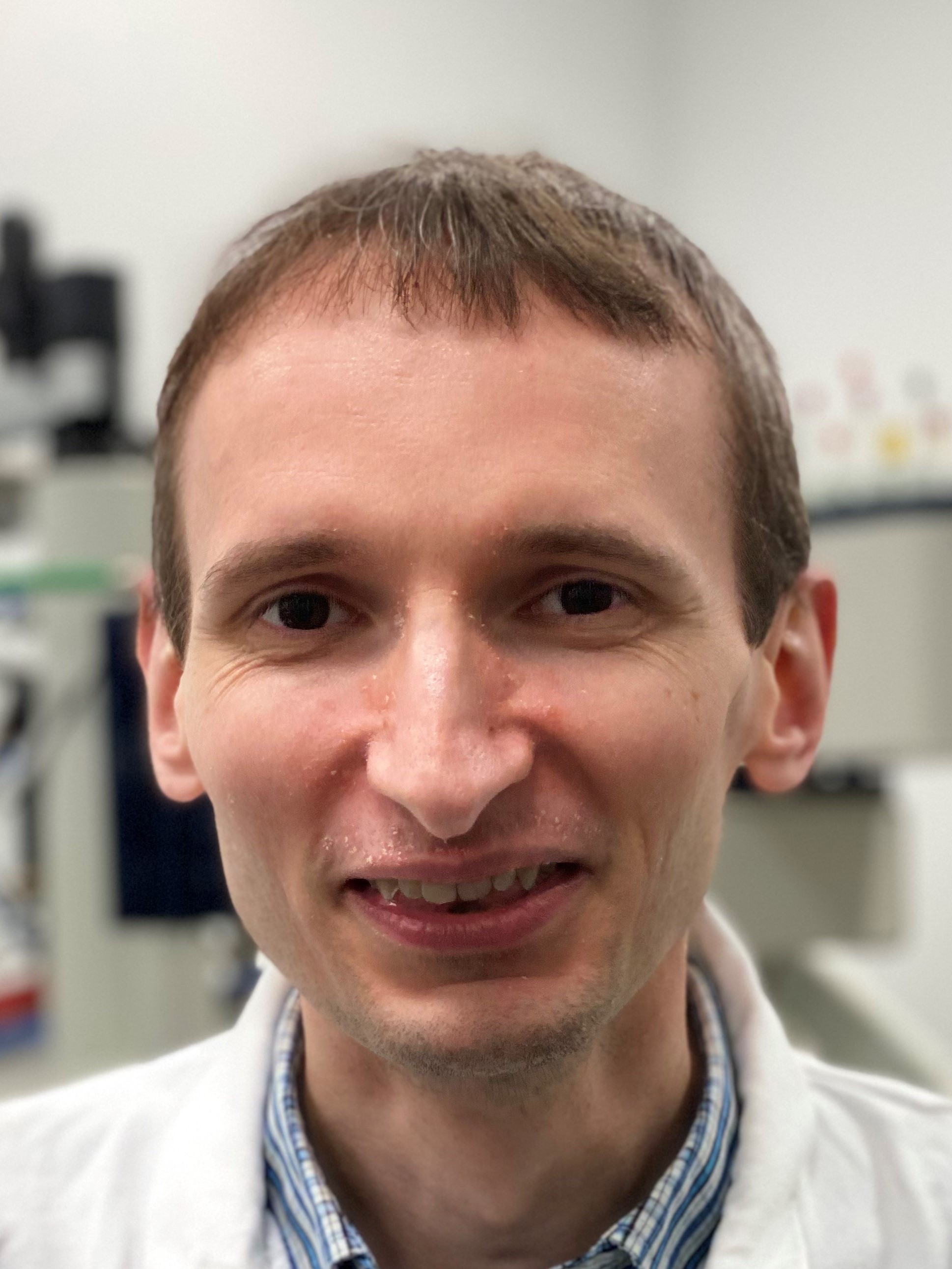I am looking to recruit postgraduate students keen to work on synthetic supramolecular chemistry research projects.
Funded studentships will be advertised on the Lancaster Chemistry webpages when they are available.
Prospective students with their own funding for postgraduate research should email me directly.
My supramolecular chemistry research interests encompass both host-guest recognition and self-assembly.
Host-Guest Recognition
The study of molecular recognition, as carried out by supramolecular chemists, has to date largely focused on the binding and sensing of relatively "simple" targets such as metal cations or inorganic anions. Ultimately, I am aiming to prepare molecules or assemblies capable of the recognition of more challenging chemical targets, for example, ion pairs and chiral molecules. It is anticipated that the most promising of these receptors could then be incorporated into sensory devices for the guest species which they preferentially bind.
This research combines both synthetic and analytical chemistry skills, and its impact extends beyond the primary aim of molecular recognition with potential benefits to other areas of scientific investigation, including catalysis and pharmaceutical drug development.
Self-Assembly
Catenanes and rotaxanes are examples of interlocked molecules that are typically constructed by use of templated self-assembly processes. I am fascinated by the opportunities arising from the 3D structures of these remarkable molecules to create new receptors for functional applications.
However, to maximize these opportunities, synthetic routes to these interlocked molecules need to be rapid, scalable and allow for the incorporation of functionality to bind their target guests. A significant focus of our work to date has therefore been on the rapid synthesis of catenanes and rotaxanes, with one of our methodologies being recently used to prepare a [2]catenane receptor for lithium cations. In addition, we have also synthesized mechanically chiral [2]rotaxanes and a peptide-displaying [1]rotaxane.
For further information, see: http://supramolecularevans.com.
